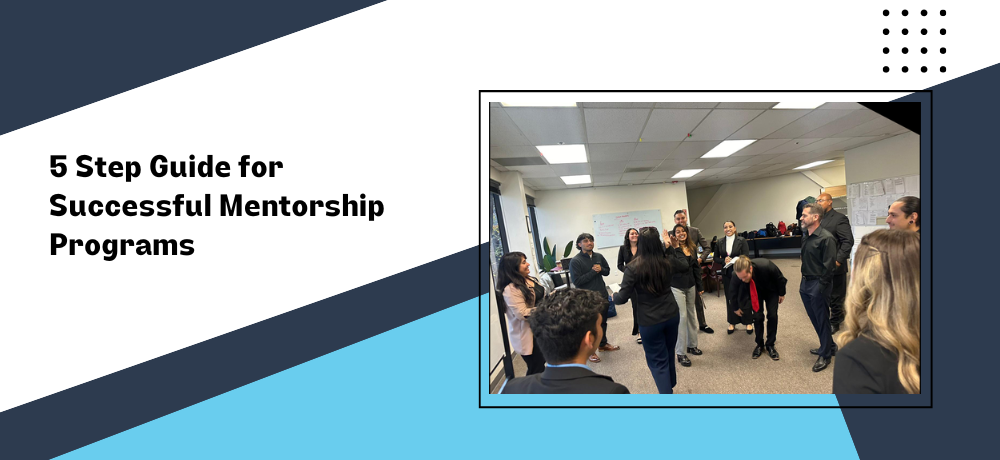Mentorship programs can be a valuable tool for personal and professional growth. At JNB Consultants, we understand the importance of mentorship and its impact on individuals and organizations. Whether you’re an executive looking to develop leadership skills or a recent graduate seeking guidance, our mentorship programs are tailored to your specific needs. In this blog post, we’ll outline five steps to help you create a successful mentorship program.
Step 1: Define Your Goals
The first step in creating a successful mentorship program is to define your goals. What do you hope to achieve through this program? Are you looking to develop leadership skills, increase employee engagement, or improve retention rates? Once you have a clear understanding of your goals, you can develop a program that aligns with them.
Step 2: Identify Mentors
The next step is to identify potential mentors. Look for individuals within your organization who have the skills and experience to provide guidance and support to mentees. You can also consider external mentors who bring a fresh perspective and new ideas to the table. When selecting mentors, be sure to consider their availability and willingness to participate in the program.
Step 3: Recruit Mentees
Recruiting mentees is an important step in creating a successful mentorship program. Consider the needs of your organization and the goals of the program when identifying potential mentees. Be sure to communicate the benefits of the program and what mentees can expect from their mentors. You can also consider offering incentives to encourage participation.
Step 4: Establish Guidelines and Expectations
To ensure the success of your mentorship program, it’s important to establish guidelines and expectations. This includes setting clear goals for the program, defining the roles and responsibilities of mentors and mentees, and establishing a timeline for the program. You should also consider providing training and resources to help mentors and mentees get the most out of the program.
Step 5: Measure Success
The final step in creating a successful mentorship program is to measure its success. This includes tracking progress towards goals, monitoring engagement and participation rates, and gathering feedback from mentors and mentees. Use this information to make adjustments to the program and to identify areas for improvement.
Mentorship programs can be a powerful tool for personal and professional growth. By following these five steps, you can create a successful mentorship program that helps individuals and organizations achieve their goals. At JNB Consultants, we’re committed to fostering personal and professional growth through our mentorship programs, leadership training, and marketing jobs. Contact us today to learn more about how we can help you unlock your potential. To get in touch with us, please click here or email us at [email protected]

